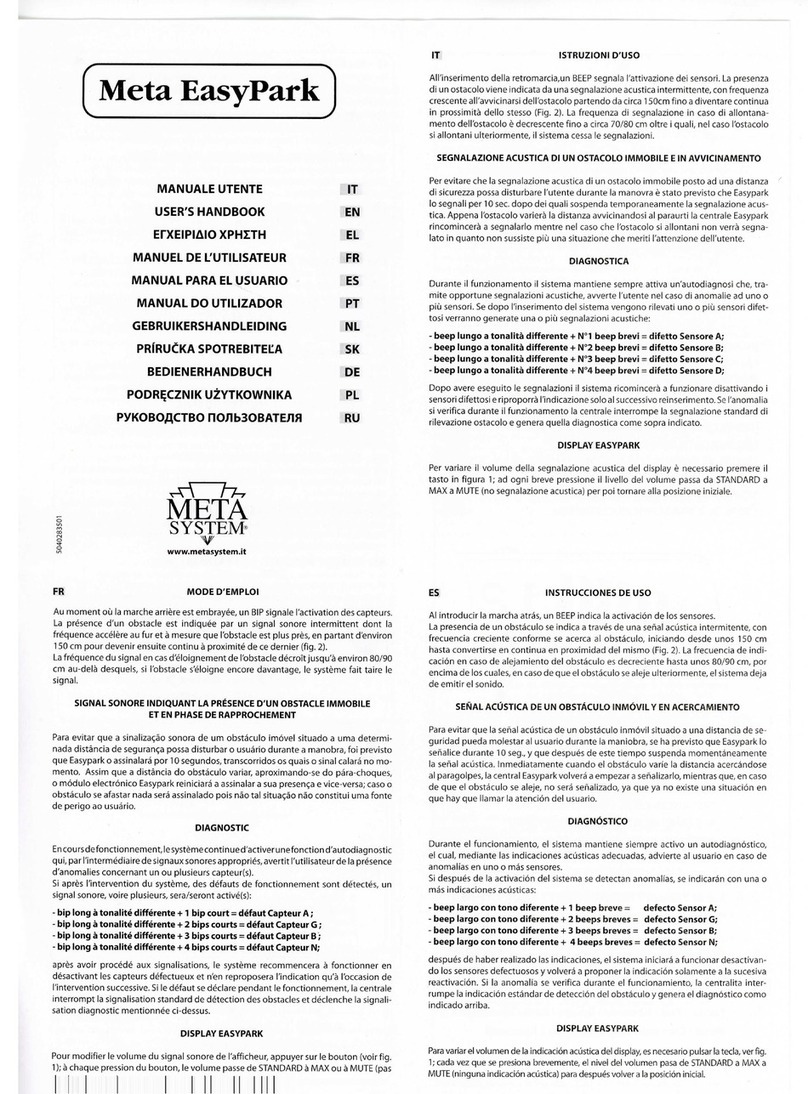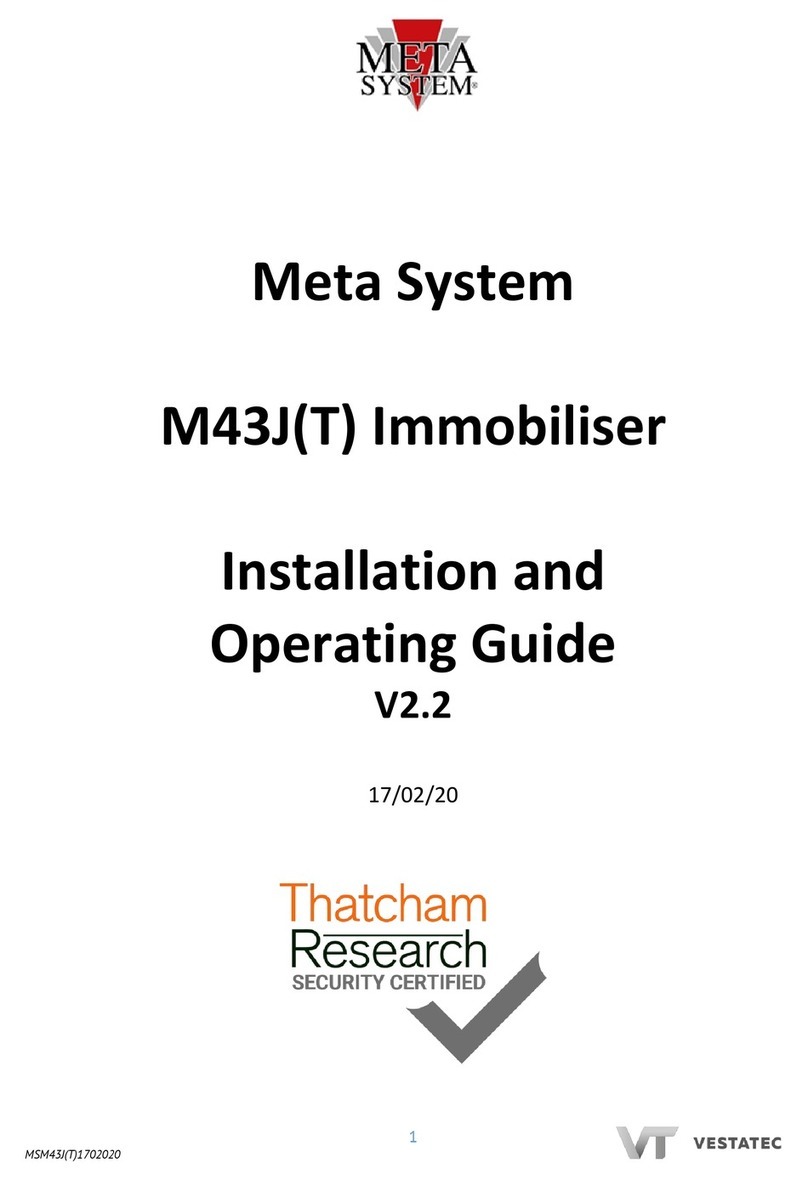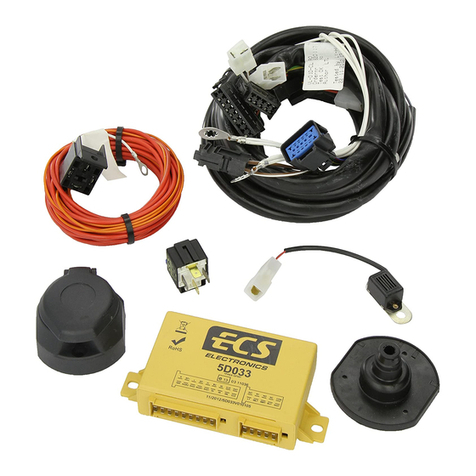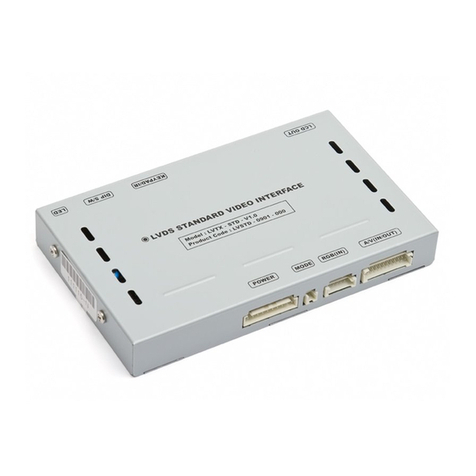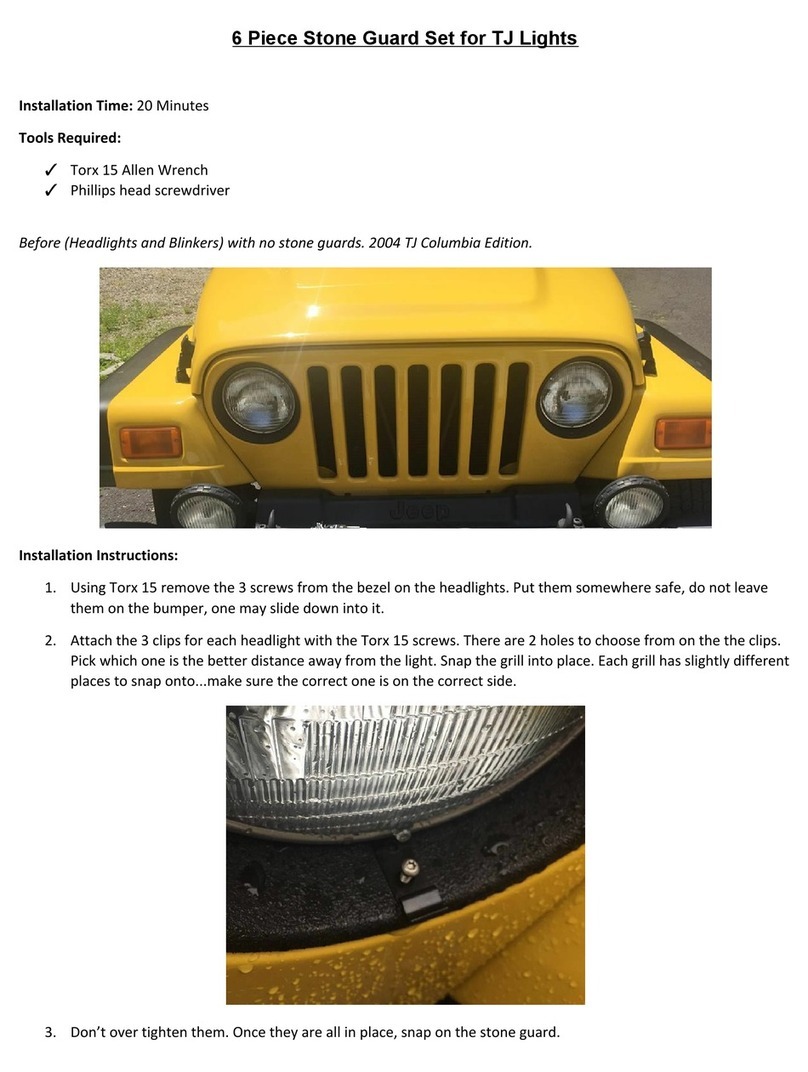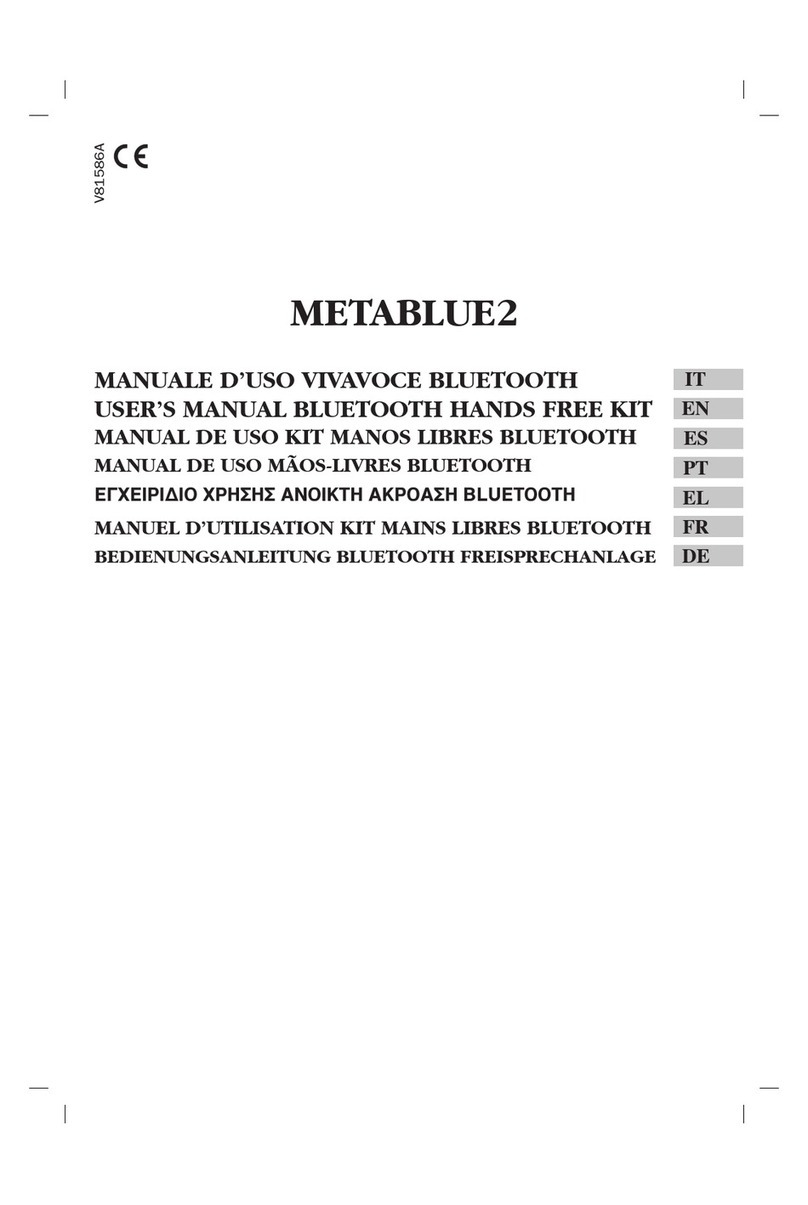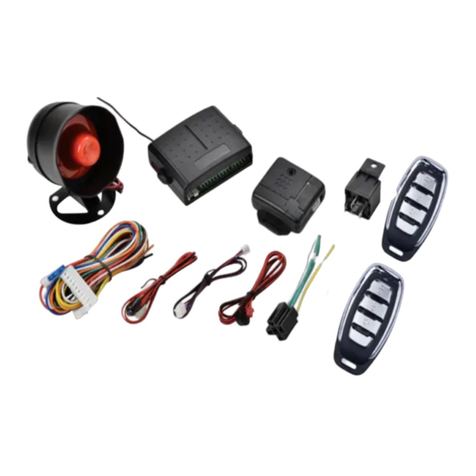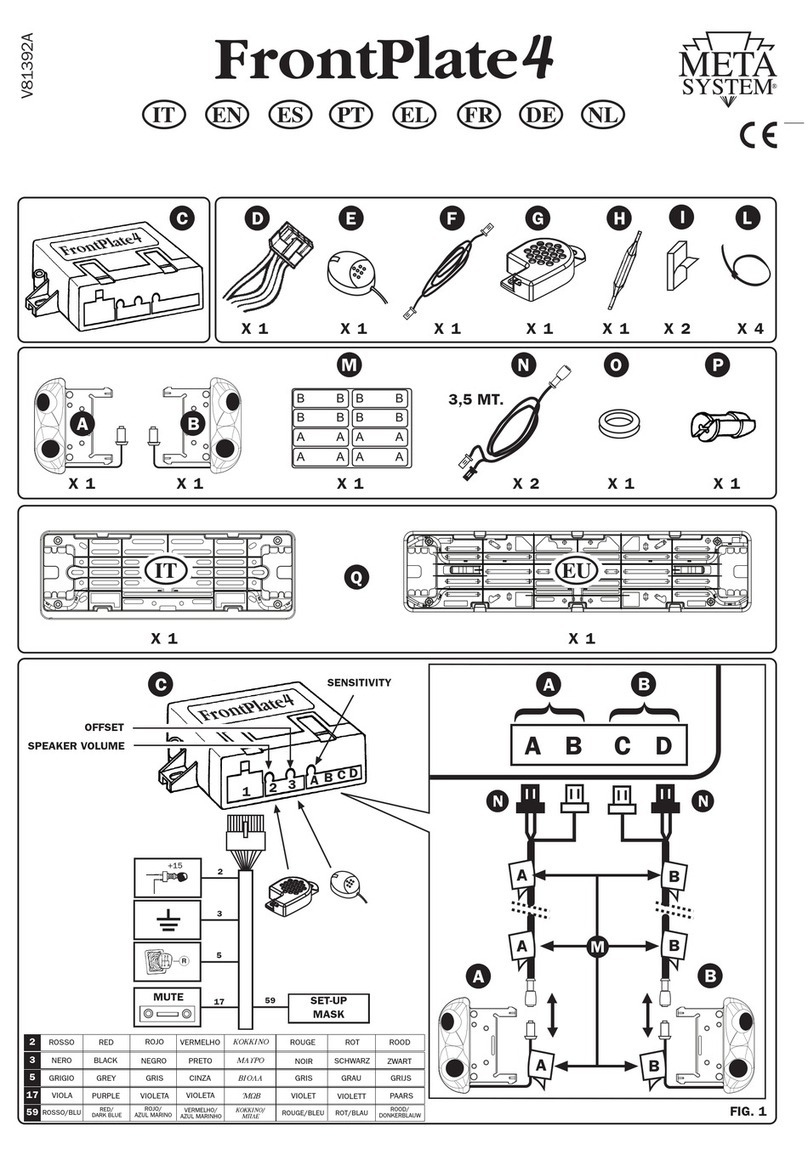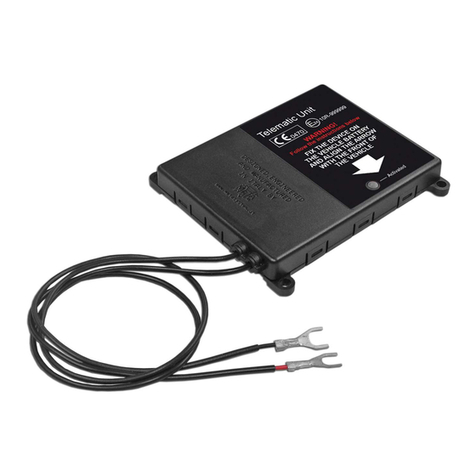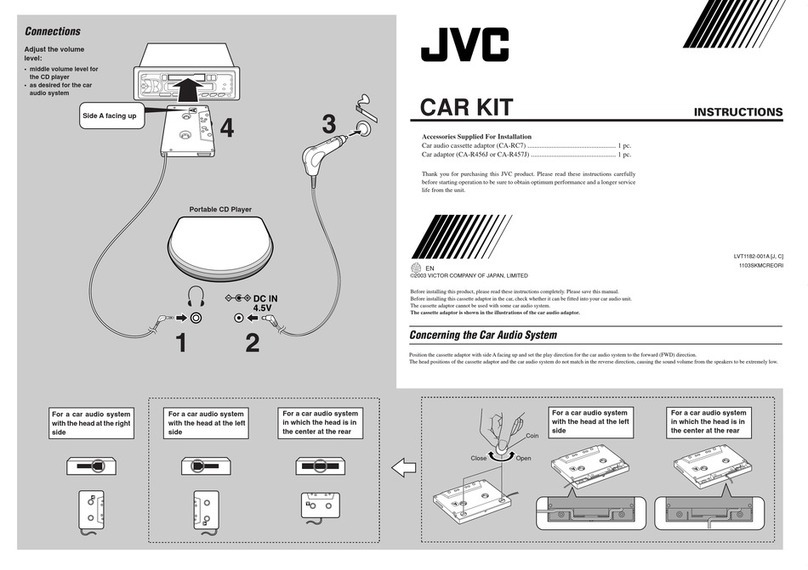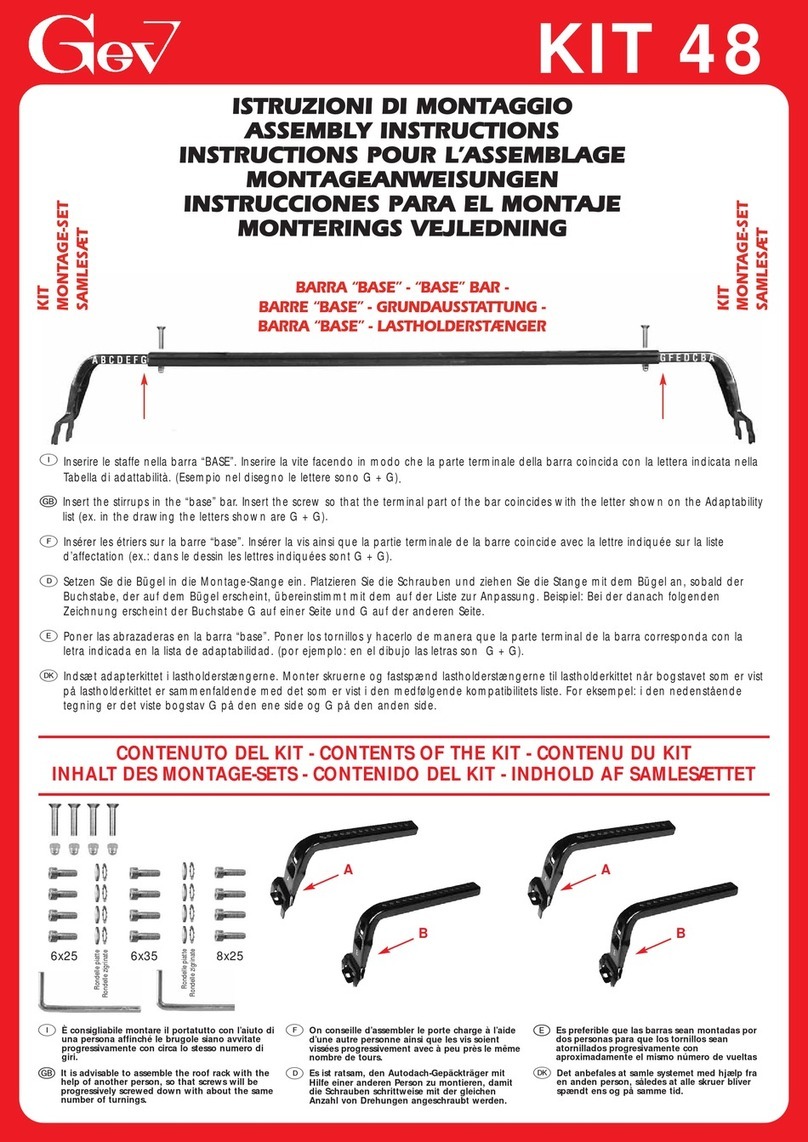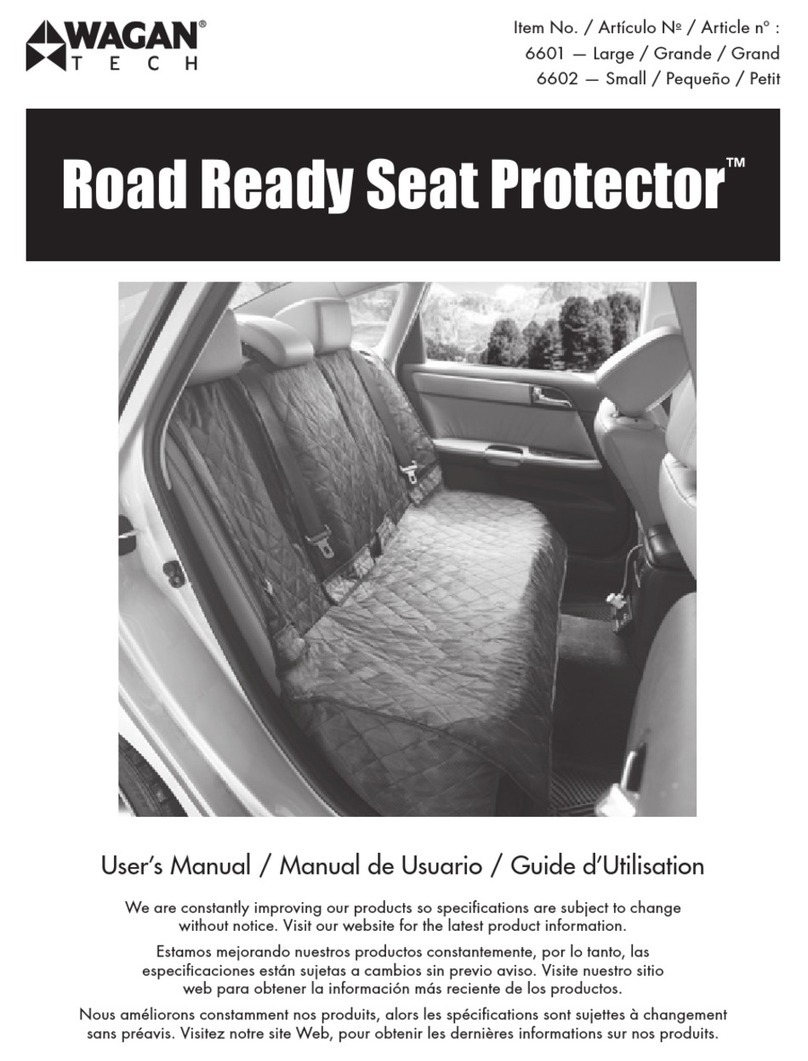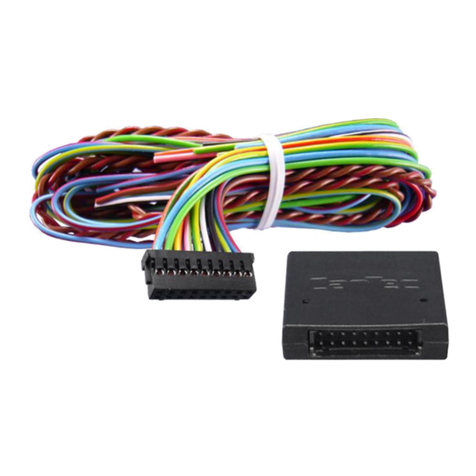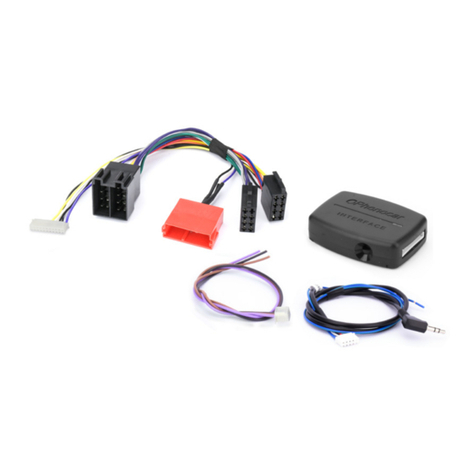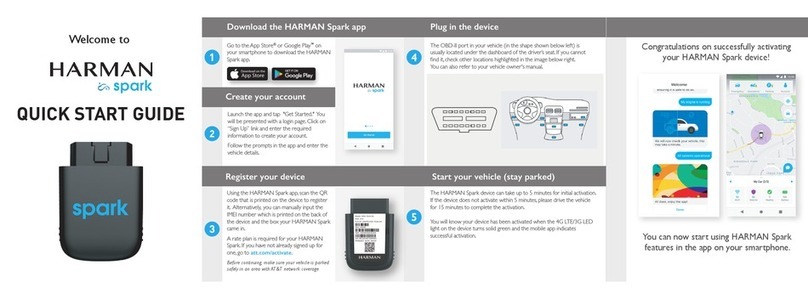
17
OPERATION BY STAND ALONE ID-TAG CONNECTION: Installation
Recommended conguration for installation in vehicles where for technical reasons or strictly linked to restrictive
regulations of the automotive manufacturer it is not possible to connect to the digital networks present in the vehicle.
This kind of installation only requires power connections. (+30, +15, +30G, GND).
Connecting the turning indicators remains a valid option on vehicles where it is technically possible.
The anti-theft protection will be ensured by the volumetric, anti-lifting, against starting attempts protections and any
further auxiliary protections. For this type of system it is necessary to combine the META EVOCAN central unit with at
least 1 TAG B9.5 and one of the available sirens.
NOTE: The 30G signal (12V signal present when the vehicle network is in operation and not present during the sleep
mode state) is easily ndable in almost all FUSE BOXES of current vehicles on the market. To test it, you need to locking
the vehicle doors and wait a few minutes for all the internal accessories to turn o (panel, ceiling lights, etc.) and check
the +30G signal pass from 12V to GND. If the vehicle does not have this +30G signal (old vehicles) it is possible to recreate
it by combining a 1C module following the diagram on the website www.metasystemcorporation.com > Technical Area/
Utility Module/1C Module/Converter +15. - Connect the GREEN/WHITE wire of the Utility Module 1C module to PIN no. 6
of the META EVOCAN central unit.
NOTE: The central door locking remains independent of the arming of the alarm and follows the original vehicle logic.
OPERATION
The arming of the alarm occurs automatically after the vehicle’s network enters in sleep mode (GND on the +30G
connection) and the B9.5 ID-Tag presence near the vehicle is no longer recognized for 20 sec.; (with factory RSSI settings
the distance is approximately 20m in free air). If necessary, it is possible manually arming the system by pressing the ID-
TAG button once. This will happen regardless of the +30G signal status and in this case the subsequent disarming must
take place by pressing the TAG; the arming is signaled by two short buzzer sounds (if the function is activated) and by the
switching ON of the LED, which through a rapid sequence of ashes show the arming status.
In the rst seconds after activation, any break-in will be signaled by a short acoustic sound. The alarm system will be
fully operational after 26 sec since the last alarm detection or arming. The complete arming will be signaled by a slow
ashing of the LED. The alarm is disarmed automatically after the vehicle network start running (12V signal on the +30G
connection) and the ID-Tag near the vehicle is recognized. Normally the vehicle network starts running unlocking the
doors by remote control: (with factory RSSI settings the distance is approximately 10m in free air).
If for any reason the ID-Tag is not recognized before entering the vehicle, the anti-theft system will produce a PRE_ALARM
cycle signaled by repeated short buzzer sounds. Once the pre-alarm time has expired, if the presence of the ID-Tag has
not yet been recognized, the system will produce an optical/acoustic alarm cycle which can be interrupted by entering
the Override security code or using an electronic key as described in the emergency deactivation chapter” or by pressing
the TAG button regardless of the +30G signal.
If the LED ashing after disarming informs that during the last protection period the system has performed one or more
alarm cycles. Reading the number of ashes it is possible to trace the type of alarm that has occurred.
The alarm memory will reset when the instrument panel is switched on for the rst time or after the next alarm arming.
It is necessary to inform the customer that, in this specic conguration, any opening of the vehicle at a distance greater
than the RSSI setting will not produce the automatic protection disarming. If it is necessary to enter the car, the TAG must
necessarily be near the car. The manually disarming the alarm while keeping the TAG at a distance greater than the set
recognition (RSSI setting) involves an inevitable automatic re-arming if the vehicle network will pass in sleep mode.
NOTE: If for vehicle maintenance reasons it is necessary to temporarily block the automatic activation of the system, it is
possible to place it in GARAGE MODE by pressing the TAG for a long time with the ignition ON; the function activation
will be signaled by a rapid continuous ashing of the LED with ignition ON ; The GARAGE MODE will be only deactivated
by pressing the TAG for a long time with the ignition ON. If the system has been equipped with an Electronic Key (OPT)
it is possible to disarm the alarm by inserting it into the receptacle for 1 sec.
NOTE: It is possible to carry out the system without connecting the +30G signal. In this case, the system, in the
functional range of Bluetooth, will not be able to recognize the real need to arm and/or disarm, causing even repeated
arming/disarming in the vicinity of the vehicle. In this case, it is recommended to disable the 1 BUZZER and 22 FLASHES
programming steps.
MANDATORY ADDITIONAL ACCESSORIES
TAG B9.5 (it is recommended to pair at least 2 programmed as ID-TAG automatic
transmission).
SIREN To be chosen from the four available in the range (M03 – M06A – M07A – T78)
OPTIONAL ADDITIONAL ACCESSORIES
AUXILIARY PROTECTION MODULES To improve the vehicle protection
TELEMATIC SYSTEM Allows georeferenced vehicle monitoring
(the T78 siren already performs this function)




















